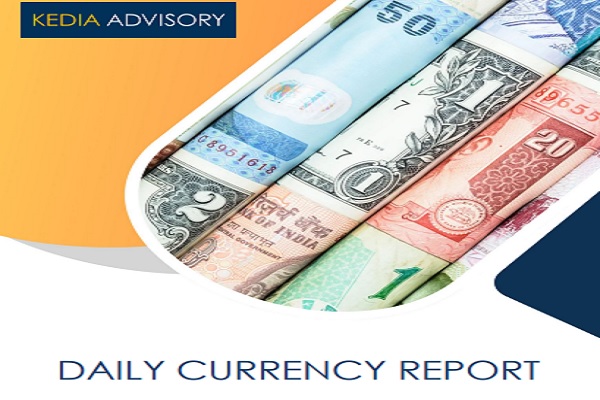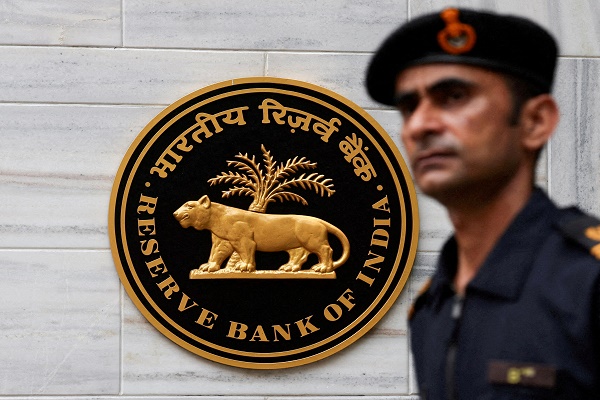The Federal Reserve's Rate Decrease: Impact on Indian Markets

The U.S. Federal Reserve’s decision to lower interest rates typically has wide-reaching implications for economies around the globe. As one of the world’s largest and most influential economies, the Fed's monetary policy affects everything from emerging markets to currency stability. For India, a rate decrease in the U.S. can bring both opportunities and challenges. Here, we break down the key impacts this move may have on the Indian market.
### 1. *Capital Flows and Stock Market Volatility*
When the Fed lowers interest rates, borrowing becomes cheaper in the U.S., encouraging more investments in higher-yielding assets overseas, including emerging markets like India. Historically, a Fed rate cut often leads to increased foreign portfolio investment (FPI) inflows into Indian equities and bonds, as investors search for better returns. This influx can drive up stock prices and provide liquidity to India’s capital markets. However, it can also create volatility, as the Indian market becomes more sensitive to sudden shifts in global investment trends.
#### *Sectoral Impact*
Certain sectors in India, such as banking, real estate, and infrastructure, tend to benefit more from increased FPI, given their capital-intensive nature and growth prospects. Additionally, as the value of the Indian rupee stabilizes or appreciates due to dollar inflows, import-dependent sectors like technology and manufacturing could see reduced input costs.
### 2. *Impact on the Indian Rupee*
The U.S. dollar generally weakens when the Fed cuts rates, which can positively impact the Indian rupee. A stronger rupee can lower import costs, particularly for energy and raw materials, which could help ease inflationary pressures domestically. This dynamic is beneficial for India's current account deficit, as lower import bills can narrow the trade deficit and improve the overall balance of payments.
However, a stronger rupee might pose challenges for export-driven sectors, such as IT and textiles, as Indian goods and services become relatively more expensive on the global market. This effect can impact profit margins, especially for large IT companies and exporters relying on dollar-denominated revenue.
### 3. *Commodity Prices and Inflationary Pressures*
Global commodities like crude oil, metals, and gold are priced in dollars, so a lower Fed rate often translates to higher commodity prices as the dollar weakens. For India, an increase in crude oil prices can raise import costs, which is particularly significant as India is one of the world’s largest oil importers. Higher oil prices can lead to inflationary pressures, which may prompt the Reserve Bank of India (RBI) to adjust its own monetary policy.
On the other hand, if the Fed's actions lead to a prolonged period of low inflation globally, India might experience some relief from rising input costs, especially in manufacturing and agriculture. The RBI’s ability to maintain lower domestic interest rates could, in turn, support investment and economic growth in India.
### 4. *Interest Rate Differential and RBI’s Policy Stance*
The Fed’s rate cut increases the interest rate differential between the U.S. and India, which can encourage more foreign investments into Indian debt securities. Higher demand for Indian bonds can help the government finance its deficit more comfortably and at better rates.
This dynamic also puts pressure on the RBI to evaluate its stance. If inflation remains under control, the RBI may consider rate cuts to boost economic growth and maintain competitiveness. However, any reduction in rates must be balanced against inflationary risks, particularly if commodity prices surge or if domestic inflation remains stubbornly high.
### 5. *Opportunities for Indian Businesses*
A lower Fed rate can indirectly benefit Indian businesses looking to raise capital from global markets. Cheaper global credit conditions can help Indian companies access funds at lower costs, making international bonds and loans more affordable. This is especially beneficial for sectors like infrastructure, real estate, and industrials that depend on large-scale funding.
Additionally, a stable rupee and enhanced foreign investment can help improve business sentiment and encourage expansion. With an influx of foreign funds, companies may find it easier to pursue growth and innovation, potentially enhancing India’s economic position globally.
### *Today's Market Context in India*
On November 8, 2024, the Indian stock markets reflected some of this optimism. The BSE Sensex opened at 79,618, up by 76 points or 0.10%, and the Nifty 50 began at 24,207, with an 8-point increase or 0.03%. These gains followed a session of declines over 1%, influenced by global market sentiments.
While today’s initial gains suggest optimism surrounding the Fed's rate cut, investors are taking a cautious stance, closely monitoring global economic indicators and domestic factors, such as corporate earnings and inflation data, to determine the sustainability of this positive trend. The Reserve Bank of India’s future policy decisions will also shape market dynamics in the coming days.
### *Final Thoughts*
While the Federal Reserve's rate cut has the potential to boost investment, lower borrowing costs, and strengthen the rupee, it is not without its risks. Rising commodity prices and potential volatility in the stock market are significant considerations for India’s policymakers and investors. The RBI will need to monitor these developments closely, ensuring that India’s monetary policy remains responsive to both domestic needs and global economic shifts.
In the long run, while Fed rate cuts provide an influx of capital and growth opportunities, India's path will depend on how well it manages these external influences, maintains its currency stability, and balances growth with inflation control. For investors, both foreign and domestic, staying attuned to these macroeconomic changes will be crucial for making informed decisions in the Indian market.






.jpg)













